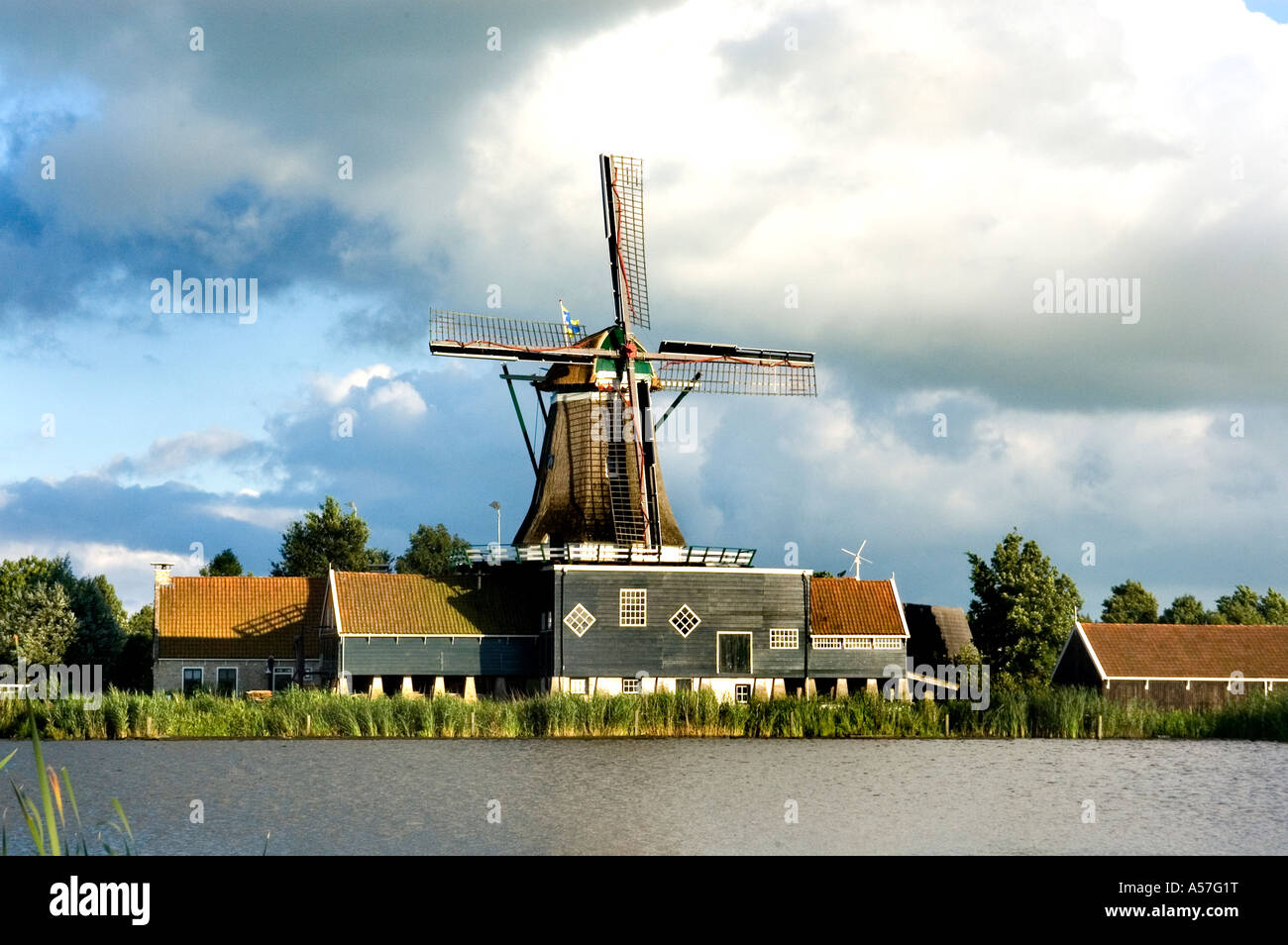The Revival of De Rat in IJlst
In the small town of IJlst, the De Rat sawmill stands as a testament to Friesland's dedication to preserving its historical windmills. Originally built in 1828, De Rat was a crucial part of the local timber industry. By the late 20th century, however, it had fallen into disrepair. In 1977, a group of local volunteers initiated a restoration project, meticulously rebuilding the mill using traditional techniques. Today, De Rat is fully operational, cutting timber just as it did nearly two centuries ago, and serves as a living museum for visitors.
The Community Effort Behind De Hoop

In Oldeberkoop, the De Hoop windmill showcases the power of community involvement in restoration efforts. Built in 1849, this corn mill was once a vital part of the village's economy. After ceasing operations in the 1950s, it faced potential demolition. The local community rallied together, forming a foundation in 1975 to save the mill. Through fundraising and volunteer labor, De Hoop was restored to working order by 1980. It now grinds grain for local bakers and hosts educational tours, highlighting the mill's historical significance.

The Unique Case of De Vlijt in Wapenveld

De Vlijt, located in Wapenveld, presents a unique restoration story. Unlike many other windmills, De Vlijt was moved from its original location in Friesland to Wapenveld in 1908. This relocation was part of an effort to preserve the mill after it became redundant in its original setting. The mill was carefully dismantled and transported piece by piece. Today, De Vlijt operates as a flour mill, with its sails turning regularly, thanks to the dedication of local millers and enthusiasts who maintain its machinery.
The Role of Technology in Modern Restorations
While traditional methods are crucial, modern technology also plays a role in windmill restorations. In Friesland, laser scanning and 3D modeling are used to assess structural integrity and plan restorations with precision. These technologies help craftsmen understand the original construction techniques and materials, ensuring that restorations are both accurate and durable. This blend of old and new methods ensures that Friesland's windmills remain functional and historically authentic.










